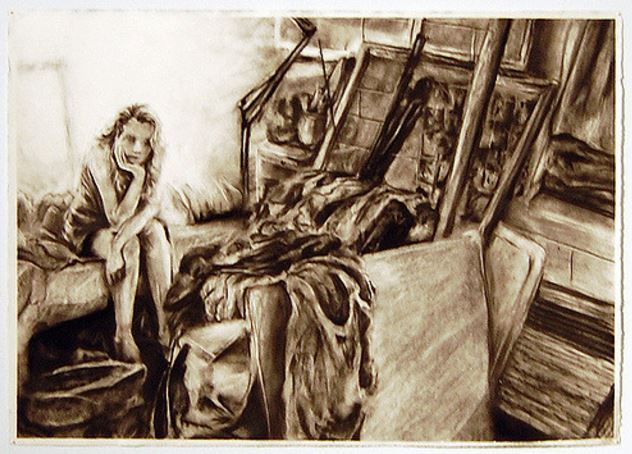“Hoarding” is a term that has worked its way into more people’s vocabulary in recent years, especially with the popularity of television shows that depicting hoarding scenarios. However, along with the more frequent use of this word has come a series of misconceptions. Dispelling such misconceptions can better help people understand the issue.
1. Hoarding a Choice
Some people think that others may choose to hoard; however, people tend to have conditions that cause them to hoard. For example, some may struggle with attachment to items because of the meaning associated with them. Others may have anxiety or obsessive compulsive disorder where they feel a terrible incident will occur if they eliminate certain items from their home. Understanding that many individuals do not choose to hoard leads to greater understanding.
2. You Can Always Spot a Hoarder
Partially due to the media portrayal of hoarders, many individuals think that these scenarios are easy to identify. They may envision walking into a home and knowing immediately that people are hoarding items. However, hoarders might keep all of their items stuffed into closets, or they may use storage units for their hoarding behavior. According to Orlando Storage Units, a hoarder’s compulsive need to save things is driven by a need to manage certain types of anxiety. While the behavior may be unique, the anxiety is not uncommon.
3. A Hoarder’s Home is Filthy
When individuals think of hoarders, they may envision homes that are filled with droppings from animals, dust and germs. While the accumulation of many items can lead to these conditions, that is certainly not always the case. Hoarders may keep all of their items clean and in perfect condition. On top of that, if the people are hoarding in storage units, their dwellings might not be affected at all.
4. Hoarders Never Leave Home
Some people think that hoarders are so attached to their possessions that they never leave their houses or form bonds with other individuals. However, hoarders often have close emotional connections to other people. Those feelings can play a role in why they keep items to remind them of cherished memories and people.
An unrelated anxiety disorder called agoraphobia does result in the inability to leave the home, but individuals rarely exhibit signs of agoraphobia and compulsive hoarding simultaneously.
5. Hoarders Are All The Same
Lumping all hoarders into one category and thinking that can be described in the exact same way is detrimental thinking. Hoarders are suffering from a condition that causes them to keep certain items. Furthermore, they may have a variety of other mental illnesses that contribute to and grow worse from their hoarding activities.
Misconceptions about hoarding are damaging because these misconceptions tend to come with negative connotations and create stigma. Learning about hoarders and the mental processes that cause them to do what they do can better help to solve the issues.

